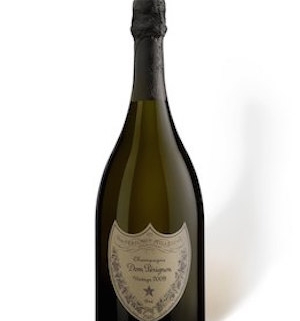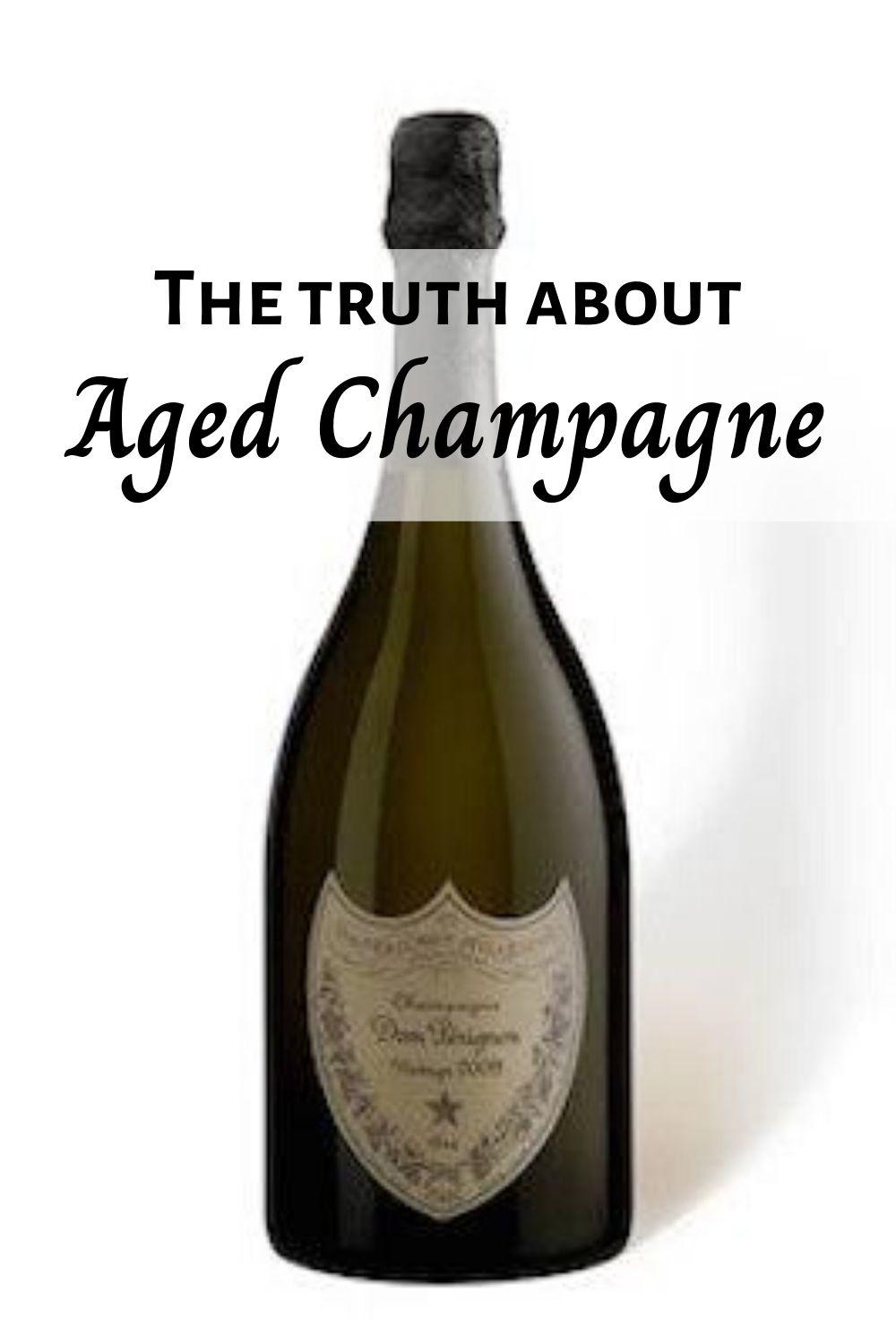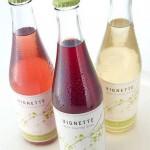Aged Champagne: learning how Champagne ages with Dom Perignon
What happens when vintage Champagne ages?
Last month I attended a seminar on the evolution of Champagne as it ages. More specifically, it was an examination of what happens to Champagne Dom Pérignon with aging. I know many wine lovers wonder if Champagne can be aged and, if so, how long it should be kept.
I had hoped to bring you laser focused answers on the chemistry of sparkling wine as it age. The truth is, the presenter didn’t delve too much into the chemistry or history of aged Champagne. So I don’t feel as though I walked away with a greater understanding of what happens in the bottle.
RELATED: The Best Champagne Cocktail Recipe for Toasting
Comparing Champagnes from five vintages
But what was remarkable about this tasting was the tasting portion of the presentation, from which I walked away with a greater appreciation for aged Champagne. And it was through the tasting that I was able to grasp a greater understanding of how Champagne ages. The best way I can share that with you is through my tasting notes from this vintage Champagne tasting.
The seminar, a part of a new event called Efferevescence LA, was accompanied by a tasting of 5 vintages of old Dom Pérignon, (Dom for short), plus a sample of the 1976 Taittinger. (I didn’t include the Taittinger in my tasting notes below, but yes, it was remarkable.)
As those of you who regularly read my column know, I don’t typically focus Woman on Wine on recommendations of luxury wine brands. But this tasting was so interesting, so remarkable that I just had to share the notes so that, should you happen to have the opportunity to buy, beg or borrow one of these wines, you’ll know what you can look forward to.
RELATED: The Aphrodisiac History of Champagne
I’m also choosing to focus my column this month on these aged Champagnes because, although the notes don’t specifically represent other brands, the tasting through the vintages helps to illustrate what happens to Champagne as it ages, from how the aromas evolve to how the flavors mature.
Should you age Champagne or drink it right away?
According to the data on consumer habits I’ve read, most people buy Champagne to drink right away.
But does Champagne get better with age? The truthful answer is maybe but not always.
Unlike most premium still wines, it’s generally promoted that Champagne is meant to be consumed shortly after the winery releases it. And most buyers are expecting the fresh style that comes from opening a recently released bottle of bubbly. (If you’re interested in learning more about Champagne production and how it differs from still wine production, here’s some information on Champagne making from the Champagne bureau to get you started.)
But waiting for a great Champagne to evolve a few extra years may bring extra reward in the way of flavor and complexity, as this tasting demonstrated.
Now, to be fair I need to mention that all the wines I tasted were stored in the cellars of Dom Pérignon at the correct temperature until they were shipped to California for the tasting. Wines that have been jostled through wine shops and stored at the back of a closet or–worse yet–in a refrigerator, may not fare as well.
That being said, even if you don’t have access to optimal storage conditions, I highly encourage any Champagne lover to experiment with aging Champagne. I think you will enjoy tasting the results of your favorite Champagne aged in bottle.
RELATED: The Importance of Good Wine Storage
Some tips for aging Champagne
There are two main things to keep in mind if you want to purchase Champagnes for aging:
- Blanc de Blanc Champagnes age well
- Vintage Champagnes are generally made for aging
In general, Blanc de Blanc Champagnes, (those made from 100% Chardonnay grapes) are known for aging the best.
And, as you could probably already guess, vintage Champagnes are generally better for aging than non-vintage Champagnes. But I will say that I’ve been pleasantly surprised by my own experiments with holding on to non vintage Champagnes.
My Dom Pérignon Champagne tasting notes
2009 Dom
The current vintage of Dom exhibits that classic house style of balance and subtlety. It’s bubbles are like a fine stream of seed pearls rolling across the tongue. An exceedingly smooth wine, it offers notes of lemon, fresh herbs and crisp, green apple.
2006 Dom
(These notes reflect the wine poured from a magnum.) This aged Champagne offers aromas of citrus and thyme. Up front it has the tartness of lemon with sweeter citrus sitting on the mid-palate. Toward the back, the flavor is of kumquat with the herbal note returning on the long, lingering finish.
2000 Dom P2
Although this wine offers the same finesse and captivating citrus notes of the previous vintages, it also is starting to show something masculine, a gamey note. It also has a weightier, oilier feel on the palate. In my notes from the tasting, I commented that it “tastes like old money.”
1991 Dom P2
This wine still exhibits surprising freshness but it leaves a greater perception of weight on the palate. It lingers with roasted, toasty notes. The finish is without a doubt this wine’s most remarkable attribute. I am even inclined to say I’ve never tasted a Champagne with a finale that lingers longer.
1988 Dom P3
If ever there was a year recommended for aging Champagne, 1988 was it. However, Dom was not considered among Champagne’s “greats” from that vintage year. Even though it may not have been one of the region’s finest jewels, the ’88 is an elegant wine with a consistent toast running from the aromas through the finish. It has lovely dried pear flavor with a hint of ripe brie.
- Should You Use Moringa Powder for Sex? A Moringa Powder Review - April 11, 2024
- Carrot Juice Bloody Mary Mix: a sweet & sexy twist on a classic - March 21, 2024
- Authentic Japanese Shrimp Tempura Recipe - March 18, 2024
Did you know that eating the right foods can be the key to boost your sex life?
And we're going to help you start right now. Subscribe to Amy Reiley's private mailing list for weekly tips, recipes and honest advice. As a bonus, you'll get her exclusive list of Six Great Sex-Boosting Snack Foods for FREE!






Leave a Reply
Want to join the discussion?Feel free to contribute!